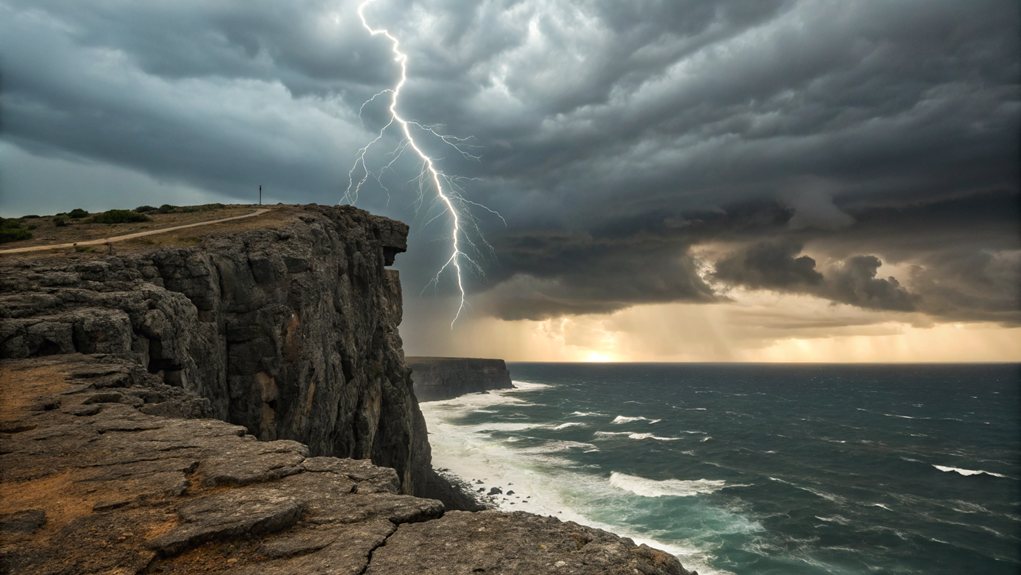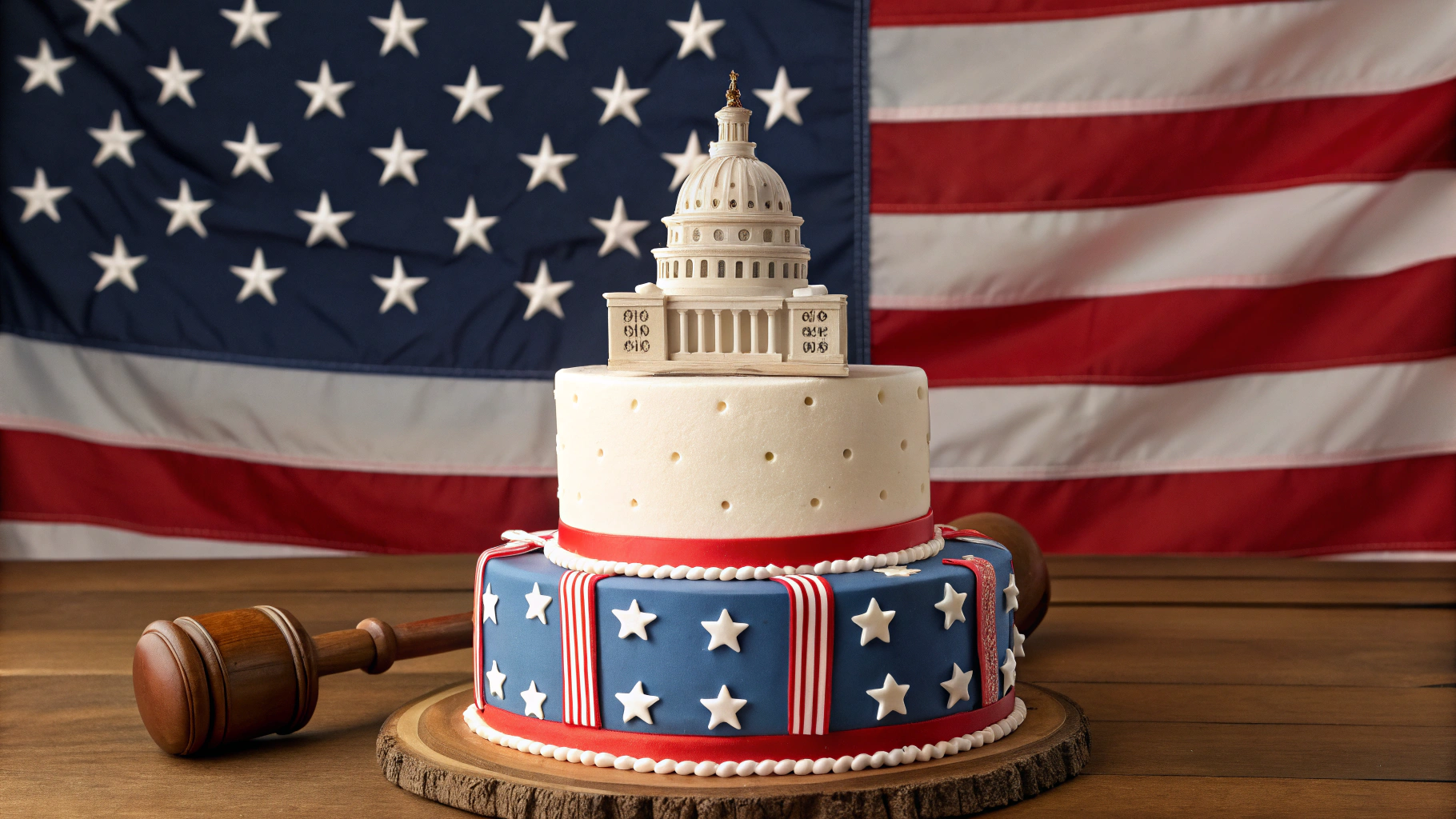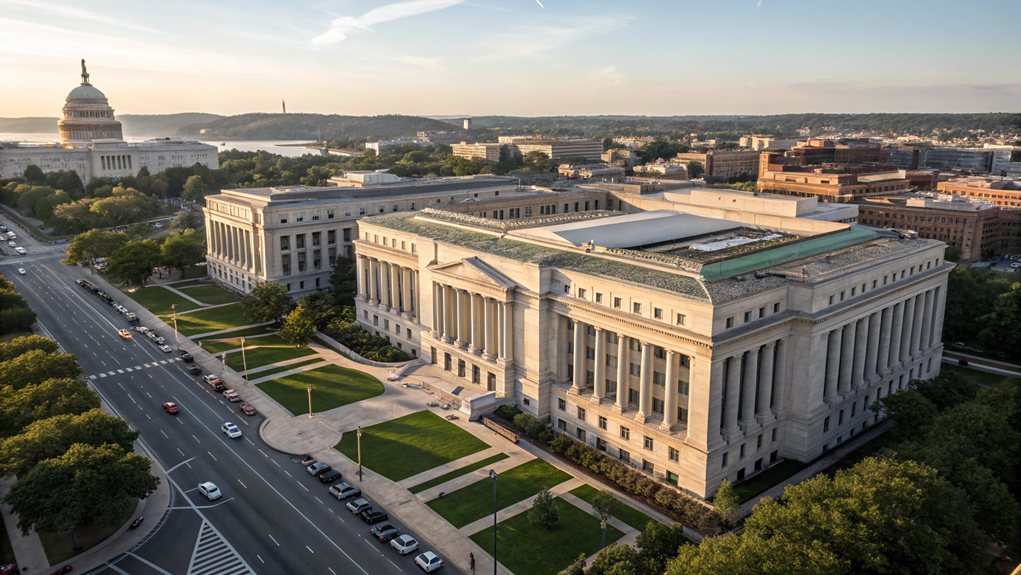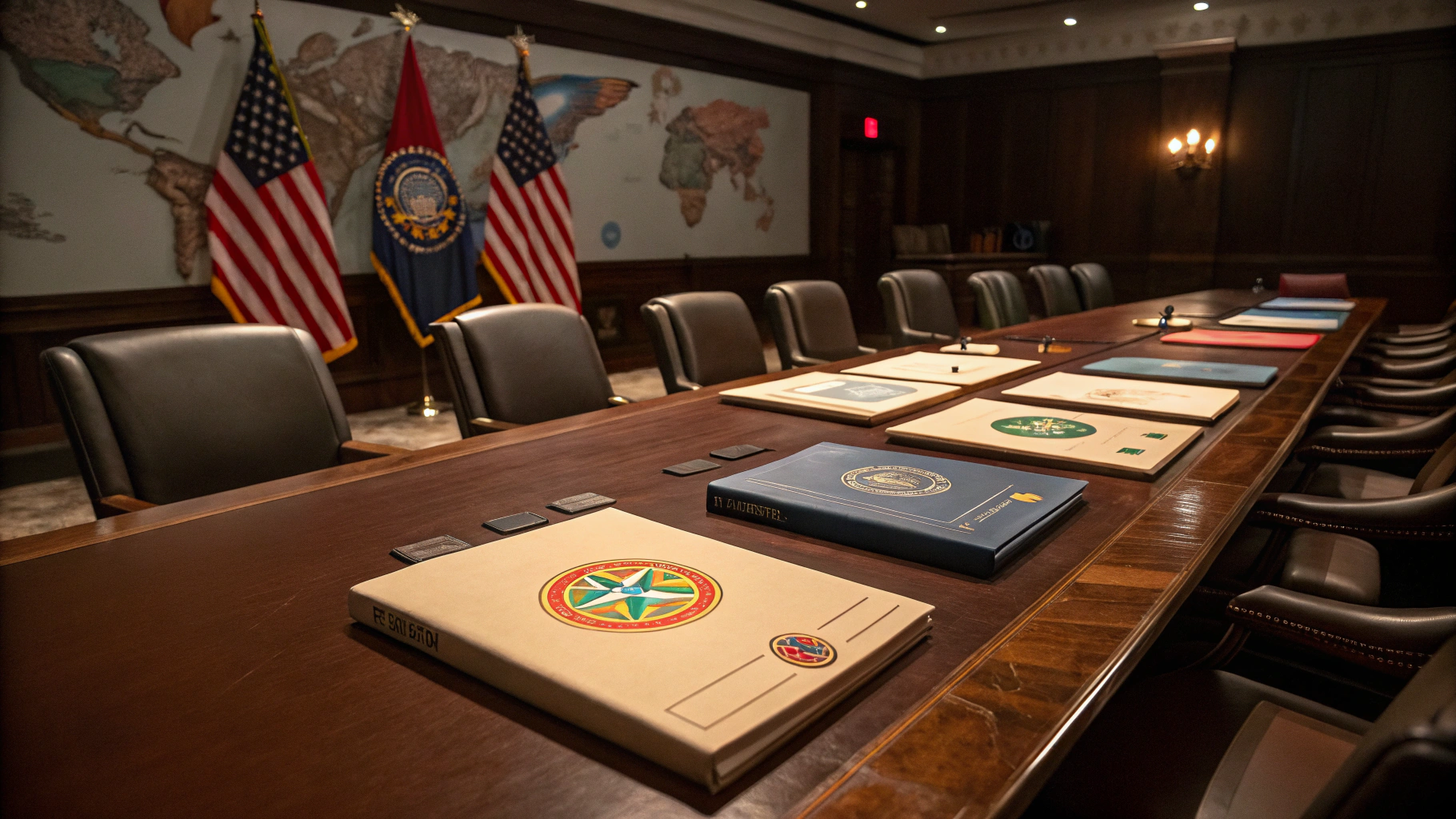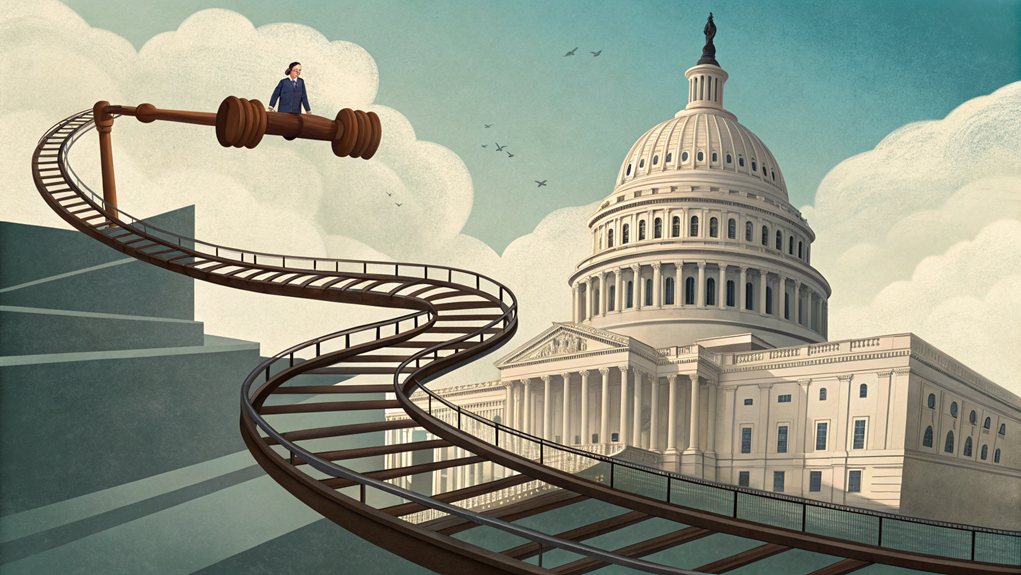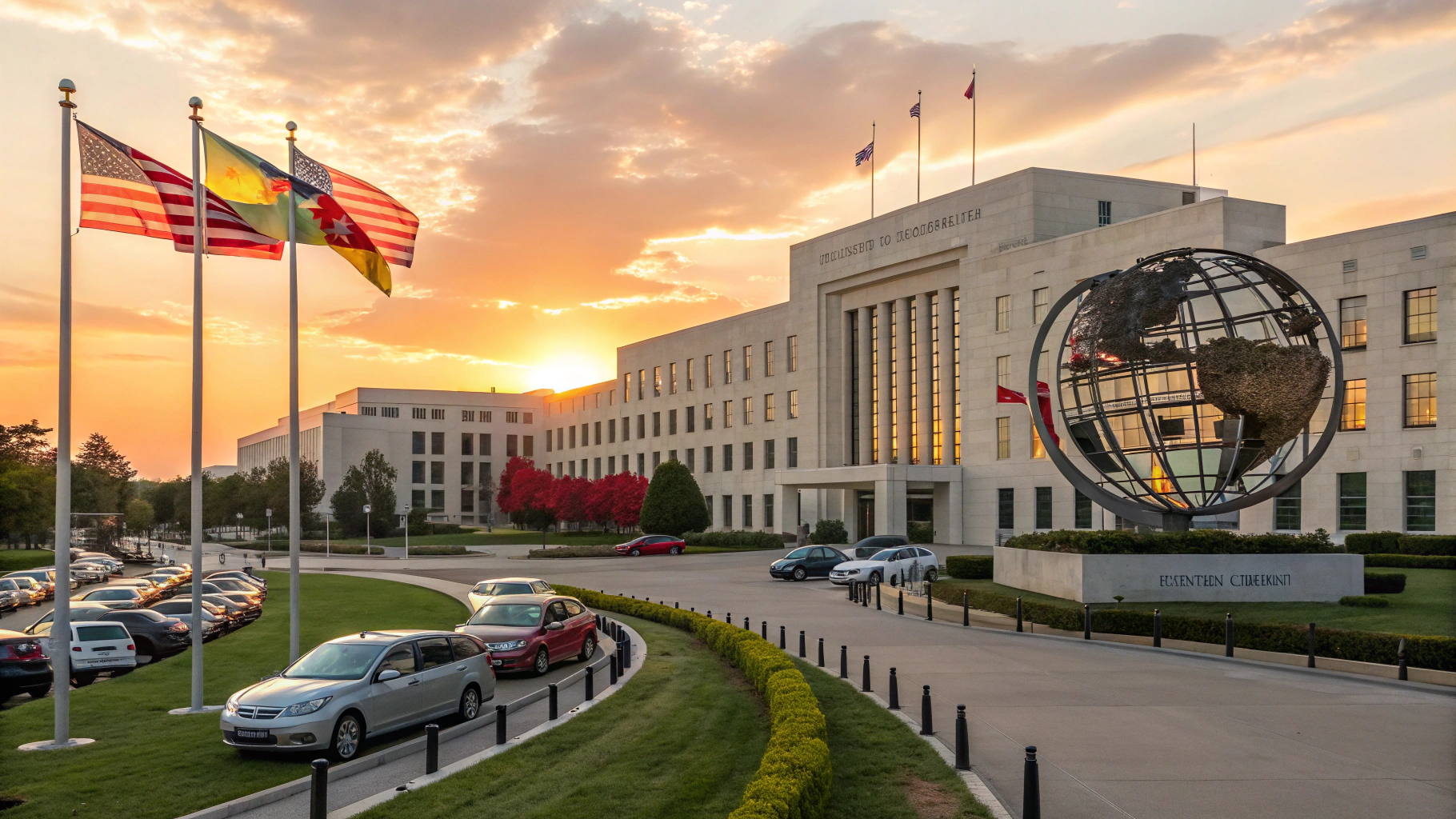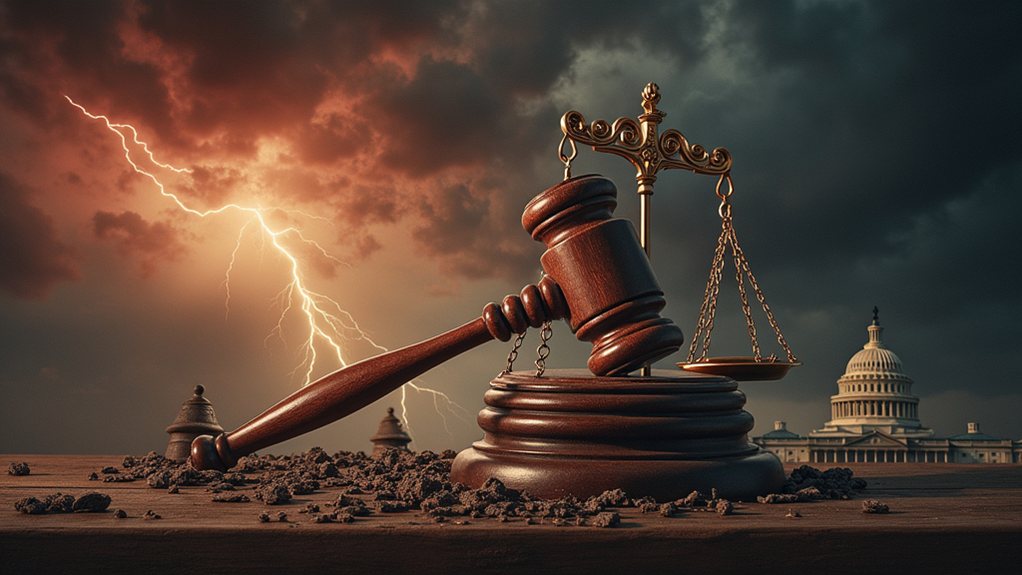The fiscal cliff loomed over the U.S. economy in late 2012, creating a mix of tax increases and automatic spending cuts that sent everyone into a panic. Think of it as a bad breakup—with tax cuts expiring and spending cuts set to begin, economists warned of impending recession and rising unemployment. Spoiler alert: a last-minute stopgap (the American Taxpayer Relief Act) saved the day, but the economic drama didn't end there. There's more to this rollercoaster.

As the clock ticked toward the end of 2012, the nation was teetering on the edge of what many called the "fiscal cliff." It wasn't some dramatic movie plot; it was real life, and it threatened to release a whirlwind of tax increases and spending cuts that could send the economy spiraling. Imagine a cliff. Now picture a million people ready to leap off it. That's the fiscal cliff for you.
So, what's the deal? The fiscal cliff was a concoction of expired tax cuts and mandatory spending cuts thanks to laws like the Budget Control Act of 2011. It was like a bad breakup: nobody wanted it, but it was coming whether they liked it or not. The expiration of the Bush tax cuts? Check. New taxes from the Affordable Care Act? Double check. And don't forget the automatic budget cuts that would hit programs—except for Social Security, of course, because politicians love to keep their voters happy. The 1.2 trillion dollars in automatic budget cuts were set to begin in 2013 if no agreement was reached.
The fiscal cliff: a messy breakup of tax cuts and spending cuts nobody wanted, but everyone had to face.
Economists were practically waving red flags, warning that if the cliff wasn't averted, the economy could plunge into recession. Unemployment rates were projected to rise, and consumer confidence? Well, it would take a nosedive faster than a bad reality TV show. The sad truth was that the fiscal cliff could've slashed the federal budget deficit considerably, but at what cost? A 503 billion dollar contraction in 2013 was projected, leading to fears of another recession.
As the deadline loomed, panic ensued. But, like all good dramas, a resolution came. Enter the American Taxpayer Relief Act. It wasn't a miracle cure, but it did soften the blow. Tax increases were smaller than expected, and spending cuts were delayed—phew!
The aftermath? A sigh of relief mixed with a lingering anxiety about future fiscal challenges. The fiscal cliff saga left a mark, reminding everyone that when it comes to finances, the drama is never really over. Buckle up for the next round.
Frequently Asked Questions
How Will the Fiscal Cliff Affect My Personal Taxes?
The fiscal cliff? Oh, it's a fun ride for personal taxes.
If key provisions expire, expect to pay more. Middle-income households could see tax hikes, while high earners might face the dreaded AMT again.
Child tax credits? Poof! Gone. And that sweet standard deduction? Say goodbye.
Basically, if nothing changes, taxpayers may end up with lighter wallets. It's like a surprise party, but no one wants to be there.
What Industries Will Be Most Impacted by the Fiscal Cliff?
Industries are bracing for a rough ride thanks to the fiscal cliff.
Tax increases? Yeah, they're coming, slashing profits like a bad haircut. Goodbye, deductions! Say hello to compliance headaches that'll make their accountants weep.
Real estate and manufacturing? They'll think twice about investments.
And let's not forget about hiring—less tax credits mean tighter budgets.
Overall, it's a perfect storm of chaos for businesses trying to stay afloat.
Buckle up!
Are There Any Historical Precedents for the Fiscal Cliff?
Historically, the fiscal cliff isn't the first rodeo for budget crises.
Take New York City in the '70s—almost flat broke, but federal loans swooped in to save the day.
Then there's the Gramm-Rudman-Hollings Act, which invented automatic cuts—talk about a ticking time bomb!
Oregon got ominous warnings in '91, and the term "fiscal cliff" started popping up in '95.
Bottom line? History shows that fiscal disasters are all too real and endlessly creative.
How Can I Prepare Financially for the Fiscal Cliff?
Preparing for a fiscal cliff? Buckle up. Start stashing cash like it's going out of style.
Think about converting those traditional IRAs to Roths—taxes now, freedom later. Deductions? Accelerate them before tax rates skyrocket.
Cut unnecessary spending; it's not a sale at your favorite store. Diversify investments to dodge economic chaos.
And hey, build that emergency fund—because when the fiscal storm hits, it's not about if you'll need it, but when.
Good luck!
What Political Parties Are Involved in the Fiscal Cliff Discussions?
In the fiscal cliff showdown, two main players dominate: the Democrats and the Republicans.
Democrats push for tax hikes on the rich and cuts in defense spending—because why not?
Meanwhile, Republicans are all about slashing spending and refusing to touch taxes.
It's like a game of tug-of-war, with Senate Majority Leader Harry Reid and Speaker John Boehner pulling at opposite ends.
Spoiler alert: compromise is hard when everyone wants their way.
